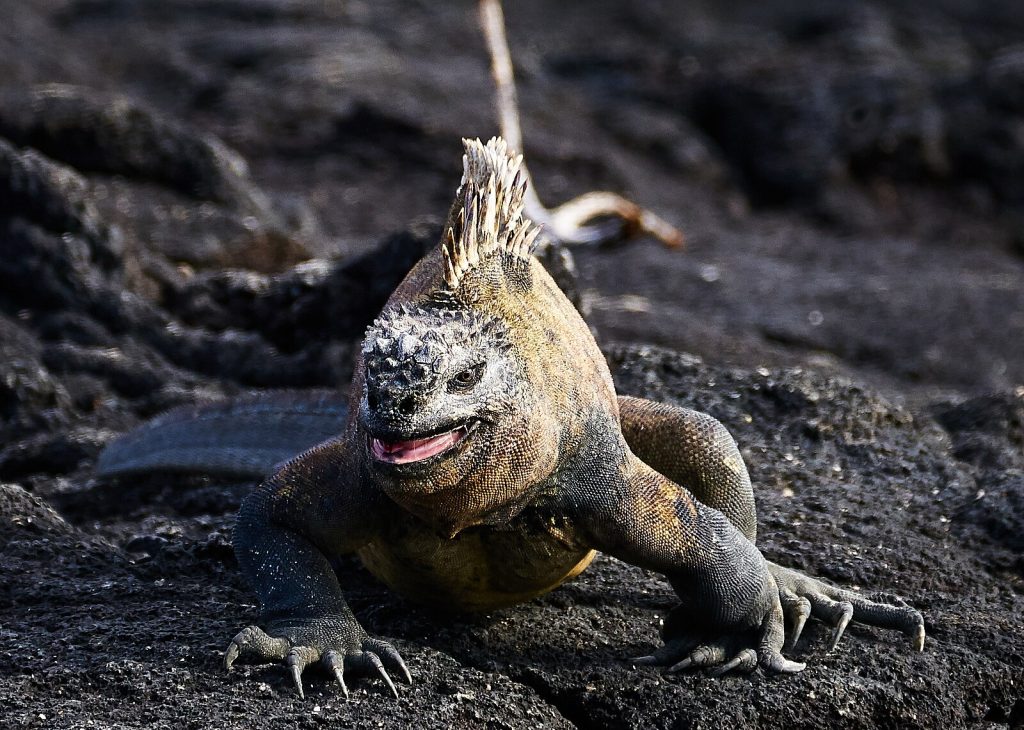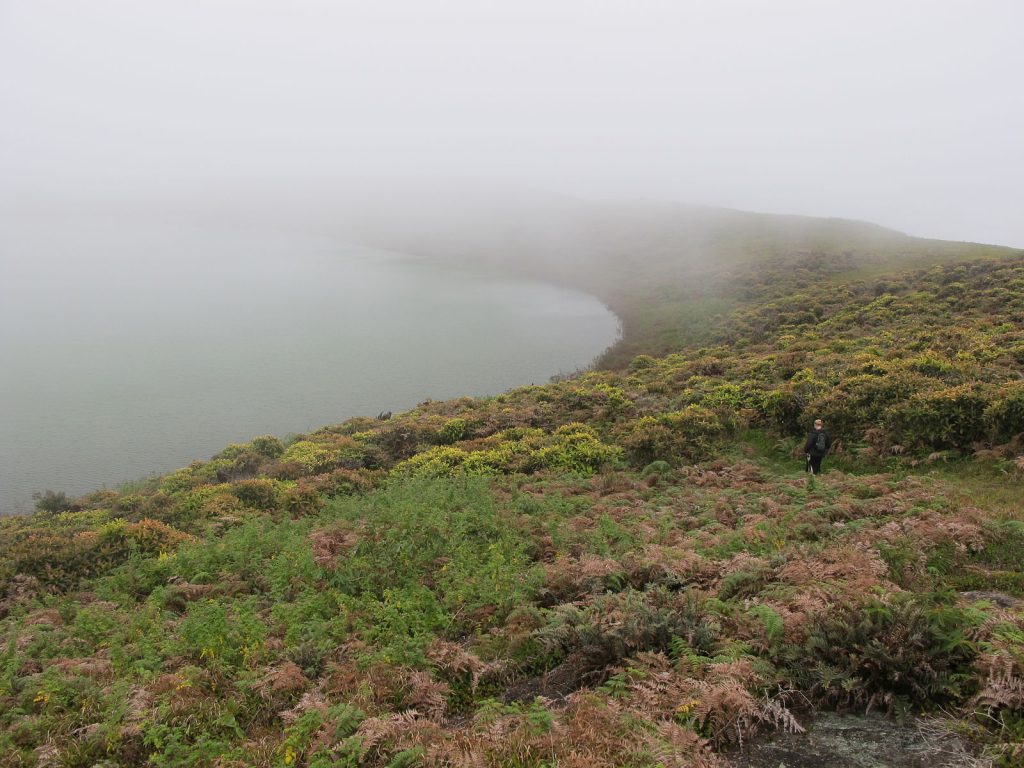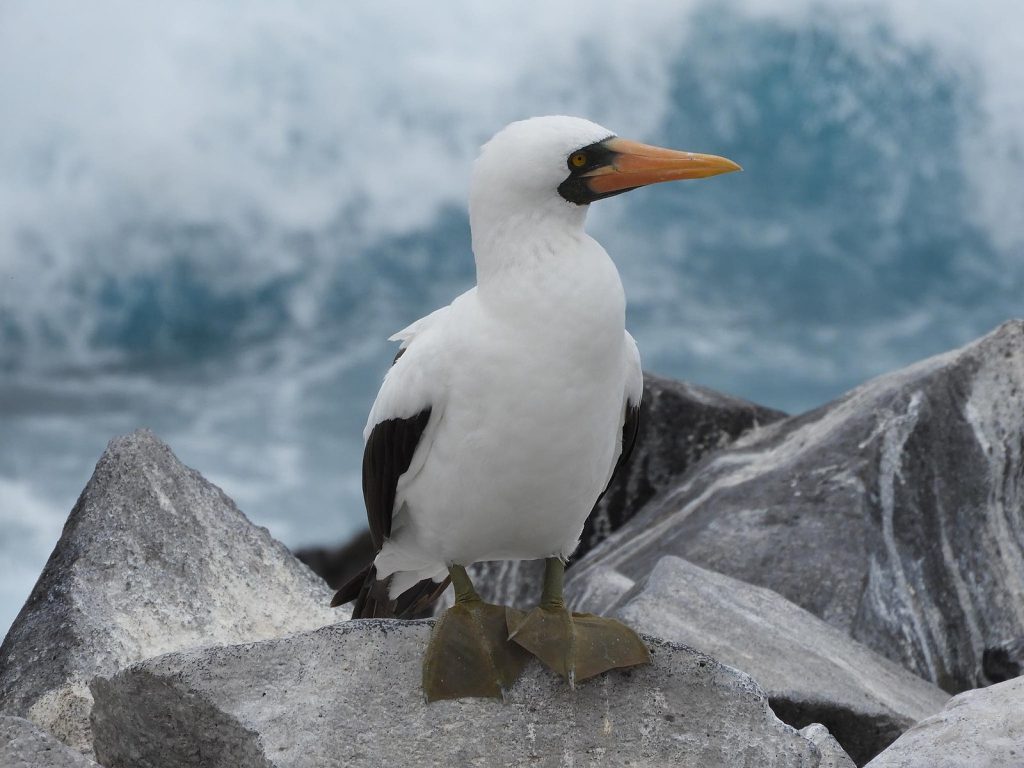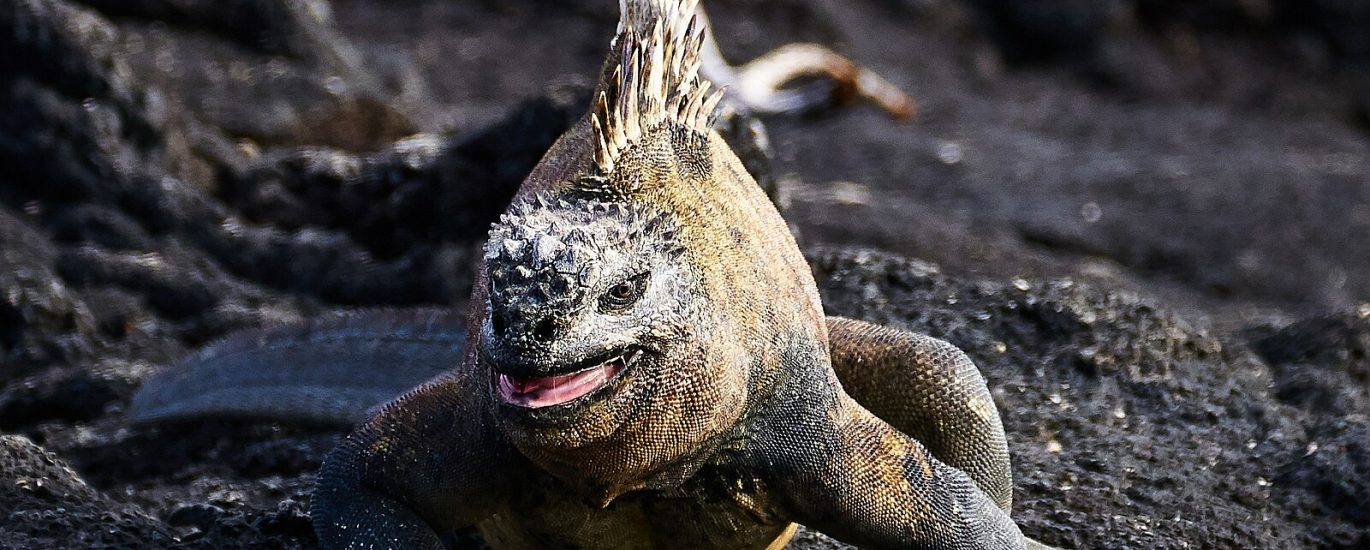The Galapagos Islands, a paradise teeming with unique wildlife and stunning landscapes, is a destination that calls to adventurers and nature enthusiasts from around the world. While the Galapagos welcomes visitors year-round, understanding the seasonal changes and their impact on wildlife can help you plan the ultimate island getaway. Let’s embark on a journey through the seasons, exploring the highlights and travel tips for each.
The Enchantment of the Equator
Situated near the equator, the Galapagos Islands experience a mild climate, making it a year-round destination. The two distinct seasons, dry and wet, each offer their own captivating experiences.

Dry Season (June to November)
The dry season, often referred to as the “cool” season, is characterized by cooler temperatures and a refreshing breeze. This period is a favorite among wildlife enthusiasts, as it brings unique animal behaviors and breathtaking underwater encounters:

Marine Marvels:
June to November is prime time for snorkeling and diving. The cooler waters attract a myriad of marine life, including playful sea lions, majestic manta rays, and even the elusive hammerhead sharks.
Breeding Season:
Many iconic Galapagos species, such as the blue-footed booby and the waved albatross, nest, and breed during this season. Witnessing courtship displays and fluffy hatchlings is a sight to behold.
Lush Landscapes:
The dry season transforms the usually arid islands into lush landscapes, with vibrant flora creating a stunning backdrop for wildlife photography.
Wet Season (December to May)
The wet season, or “warm” season, is characterized by higher temperatures and occasional rain showers. While rain might be more frequent, it brings with it unique experiences and flourishing ecosystems:
Underwater Riches:
December to May is a wonderful time for snorkelers and divers. Warm waters are home to colorful schools of fish, sea turtles, and even the gentle giant, the whale shark.
Breeding and Births:
Just as in the dry season, the wet season is a time of reproductive activity. Sea lion pups, marine iguana hatchlings, and sea turtle nests can be spotted along the shores.

Fertile Landscapes:
The rainy season rejuvenates the vegetation, turning the islands into vibrant, green paradises. Witness the blooming of endemic flowers and the bustling activity of land birds.
Travel Tips for a Memorable Visit
Book in Advance:
The Galapagos is a popular destination, so booking your trip well in advance is recommended to secure the best accommodations and cruise options.
Pack Accordingly:
Regardless of the season, pack lightweight, breathable clothing, sturdy hiking shoes, sun protection, and essentials like a reusable water bottle and insect repellent.

Respect Wildlife:
Follow guidelines for responsible wildlife viewing, maintaining a safe distance, and minimizing your impact on the environment.
Guided Tours:
Opt for guided tours to maximize your experience. Knowledgeable guides provide insights into the islands’ ecosystems, history, and conservation efforts.
No matter when you choose to visit the Galapagos Islands, you’re in for a remarkable adventure. Whether you’re captivated by the wildlife spectacles of the dry season or drawn to the underwater wonders of the wet season, the Galapagos promises an unforgettable journey filled with natural wonders and once-in-a-lifetime experiences. Plan wisely, respect the fragile ecosystems, and immerse yourself in the awe-inspiring beauty of this unique corner of the world.
If you are interested in traveling to the Galapagos islands to enjoy their natural splendor, you can book a trip with us today by clicking here!






